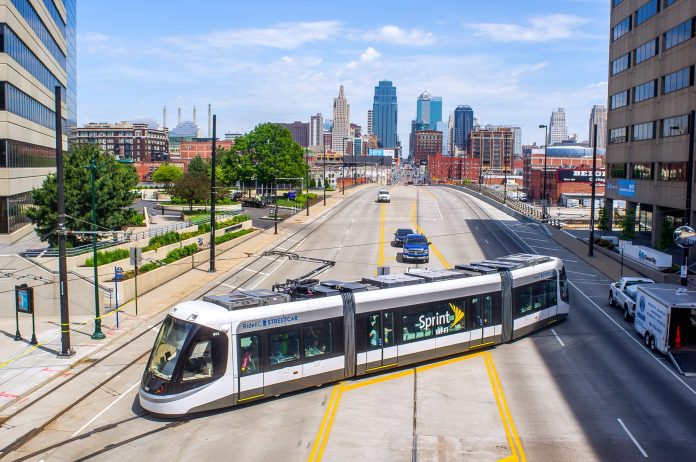Learn how KCP&L is working with Nokia on a smart grid project as part of a more broad smart city development
A smart city in many ways is the ultimate exercise in the internet of things in that it involves a huge variety of projects ranging from pervasive public Wi-Fi access and energy-saving, automated LED lighting to smart traffic management systems and connected utility infrastructure. In the line-up of U.S. smart cities, Kansas City, Mo., is a standout; and, now, in conjunction with Nokia, the local electric utility is working to connect its infrastructure.
Based on a 10-year agreement with network infrastructure provider, Kansas City Power & Light (KCP&L) will use Nokia Wavence microwave packet radio solutions to provide enhanced reliability to the power transmission and distribution grid. KCP&L has already worked with Nokia to connect some 40 utility sites with future plans to connect 29 more sites in the near future. The new solutions will enable KCP&L to integrate its legacy infrastructure onto a converged network providing enhanced grid control.
In commentary provided to Enterprise IoT Insights, Silver Spring Networks Senior Director, Smart Cities, Dan Evans highlighted three “key elements driving the [power] industry’s transformation”:
- Changes in the way consumers use power;
- Distribution of generation equipment;
- And increasing cooperation between utilities and cities.
“Over the past few years…utilities have been working with cities within their respective territories to enable new applications through the development of the smart grid and sharing access to that network infrastructure…In this ‘single network, multiple applications’ concept that has always been our vision in helping utilities remain a key contributor in the communities they serve, working with a variety of key stakeholders.”
Evans noted, “As utilities look beyond their core services (delivering energy to customers), many are finding smart lighting is the next logical application.” While that evolution from power to lighting holds true in many cases, in Kansas City, a smart street lighting initiative pre-dated what’s being done by KCP&L and Nokia.
In 2016 a light sensory network of 125 smart streetlights responsive to citizen activity were installed along a 2.2-mile downtown streetcar line. Sensity sensors and integrated LED street lighting installed by Cisco capture data to enable the light sensory network to save money and energy and reduce light pollution while the KC Streetcar Authority is using the sensors to ensure safe, high quality rides.
Kansas City partnered with Cisco, Sprint and ThinkBig on a smart city program, which aims to make the city the most connected city in the world and attract the technology, innovation and entrepreneurial community. The initiative’s goals include enhanced internet availability, energy savings, new revenue streams, and improved connectivity with citizens, including efforts to bridge the “digital divide”. In the process, the connected city will also produce vast amounts of data, which will serve as a “living lab” for Cisco, Think Big Partners and other entrepreneurs.
The city has adopted a public-private partnership approach, whereby Kansas City will invest $3.8 million over the next 10 years, an investment which Cisco, Sprint, ThinkBig and their partners will match with nearly $12 million. Sprint is investing around $7 million and Cisco around $5 million.

